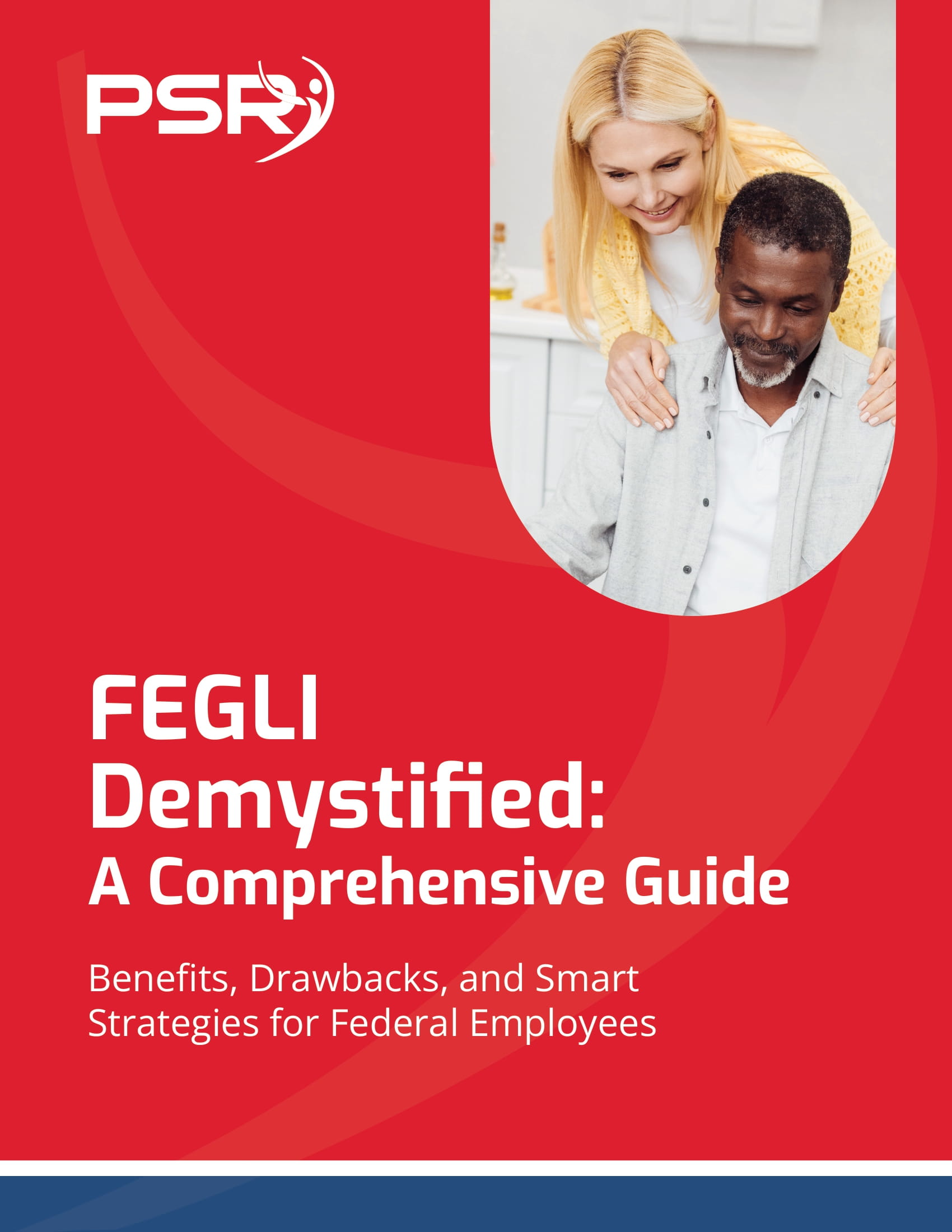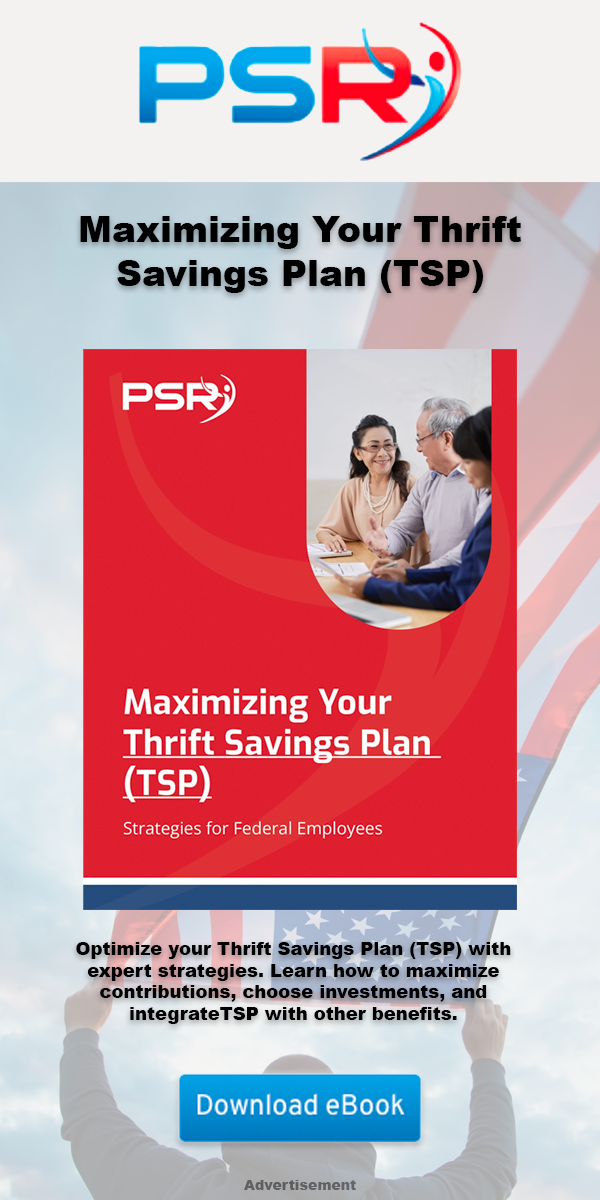It is imperative to choose the perfect date as a federal employee about to retire from service. This article can only help federal workers who are old enough to retire and have put in the required years of service. As soon as that level is passed, the next thing is knowing the perfect date for retirement.
Many people align their retirement dates with special events such as holidays, festive periods, family celebrations, and other personal reasons. However, it is also essential to consider some general factors when picking a date. These factors will make retirement easy and almost immediately beneficial.
Here are three important factors that will hasten the decision.
Leave as Close to the Last Day of the Month as Possible
- Also Read: FAA, Law Enforcement, and Special Federal Employee Categories—Here’s What Makes Their Retirement Unique
- Also Read: Blending Private and Public Sector Retirement Plans Is Complicated—Here’s Where Couples Get It Wrong
- Also Read: The Silent Shift in Postal Service Retirement Benefits That Could Change Everything by 2026
Consider this example. If Mary, a federal worker under the FERS, chooses to retire on the last day of April, her annuity will begin to count from May 1st, and by June, she will be eligible to receive the first check. However, If Mary decides to retire at the beginning of May, the annuity will begin to count in June, and she would have to wait through May, June, and even some days in July before receiving a check.
The second alternative could be challenging, especially if she had been receiving paychecks on a bi-weekly basis. However, the first alternative might be more comfortable, as she only has to go without a paycheck in May.
Ensure You Complete a Payroll Period
Another thing retiring federal employees should bear in mind is leaving at the end of a payroll period. Doing this will ensure that they get as many yearly and sick leaves as possible. Though sick leave days will not hasten retirement, the FERS would add them to the number of years one has put into service.
Here, it is essential to note that the FERS program uses the years of service and one's highest basic salary in three consecutive years (High 3) to derive the pension that each federal employee will be eligible for. The pension is calculated as high three multiplied by years of service multiplied by 1% or 1.1% for retirees older than 62 years who have put in at least 20 years of service.
For more information about how unused sick leave days will affect the years of service, retirees can check out the Conversion Chart of the U.S Office of Personnel Management (OPM). The chart details how many of these days will be added to the years of the service period.
Don't Forget the Annual Leave
Annual leaves will only count at the end of the year, so it is crucial to time retirement towards the end of the year. Apart from unused sick leave, unused annual leave will also add to the worth of one's pay at retirement. The FERS program will multiply all unused yearly leave with a retiree's wage per hour.
Retirees can check this information out on the two-week Leave and Earnings statement. To ensure that you get the most from retirement, many federal employees plan their retirement towards the end of the year.
Don't forget that this article is only a guide. Other factors can influence when a federal employee decides to hang up their boots. We just hope that you can factor in these three points to ensure you get the best after years of good work.












